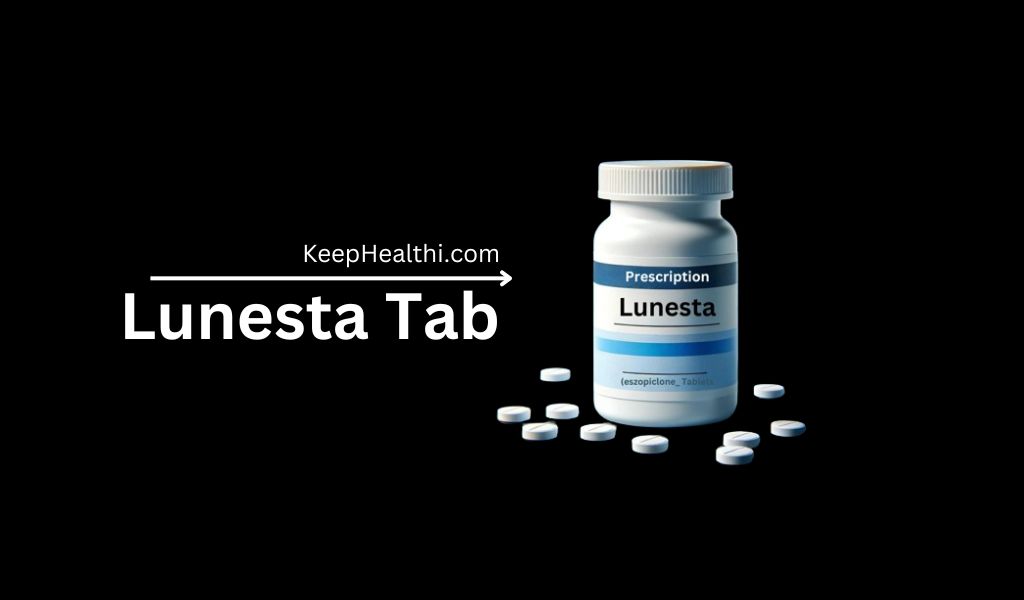Learn about Lunesta, its uses, dosage, side effects, and important warnings for safe and effective insomnia treatment in 2024.
Lunesta is a popular prescription medication used to treat insomnia. Understanding its uses, dosage, side effects, and important warnings is essential for safe and effective treatment. Here’s everything you need to know about Lunesta.
Contents
What is Lunesta?
Lunesta, also known by its generic name eszopiclone, is a sedative-hypnotic medication that helps people fall asleep faster and stay asleep longer. It is primarily prescribed for short-term treatment of insomnia.
Uses of Lunesta
- Short-Term Insomnia Treatment: Lunesta is primarily used to treat short-term sleep problems, such as difficulty falling asleep or staying asleep.
- Chronic Insomnia: It may be prescribed for long-term use in some cases of chronic insomnia.
- Sleep Disorders: It can be prescribed for other sleep disorders as determined by a healthcare provider.
Dosage and Administration
Lunesta dosage depends on the severity of insomnia, patient response, and other individual factors. Always follow your healthcare provider’s instructions. Here’s a general guide:
- Typical Dosage: Lunesta is usually taken once nightly, just before bedtime. The starting dose is typically 1 mg, which can be increased to 2 mg or 3 mg if needed and as prescribed by your healthcare provider.
Potential Side Effects
While Lunesta is effective in treating insomnia, it can cause side effects. Common side effects include:
- Drowsiness: A common effect that can persist into the next day.
- Dizziness: Some people may experience dizziness or lightheadedness.
- Headache: Mild to moderate headaches can occur.
- Nausea: Some users may feel nauseous.
- Dry Mouth: Lunesta can cause dry mouth, which may be alleviated with increased fluid intake.
- Unpleasant Taste: A metallic or bitter taste in the mouth is common.
- Complex Sleep Behaviors: Activities such as sleepwalking, driving, eating, or having sex while not fully awake can occur.
Warnings and Precautions
Before taking Lunesta, discuss your medical history with your doctor, especially if you have:
- History of substance abuse or addiction
- Mental health conditions such as depression or anxiety
- Liver disease
- Respiratory issues such as sleep apnea
Lunesta can interact with other medications, including other sedatives, antidepressants, and certain antibiotics. Always inform your healthcare provider about all the medications and supplements you are taking to avoid dangerous interactions.
Safe Use and Storage
To use Lunesta safely:
- Follow the Prescription: Take the medication exactly as prescribed. Do not take larger amounts or for longer than prescribed.
- Avoid Alcohol: Alcohol can increase the sedative effects of Lunesta and can be dangerous.
- Store Securely: Keep Lunesta in a secure place away from children and others who might misuse it.
- Avoid Abrupt Discontinuation: Do not stop taking Lunesta suddenly without consulting your doctor, as this can cause severe withdrawal symptoms.
When to Seek Help
If you or someone you know experiences severe side effects, signs of overdose (such as extreme drowsiness, confusion, shallow breathing, or coma), or if you suspect misuse or dependence, seek medical help immediately.
Conclusion
Lunesta can be a powerful tool in managing insomnia when used correctly. By understanding its uses, dosage, potential side effects, and following your healthcare provider’s guidance, you can use Lunesta safely and effectively. Always communicate openly with your doctor about your experience and any concerns.
Stay informed and stay healthy.

